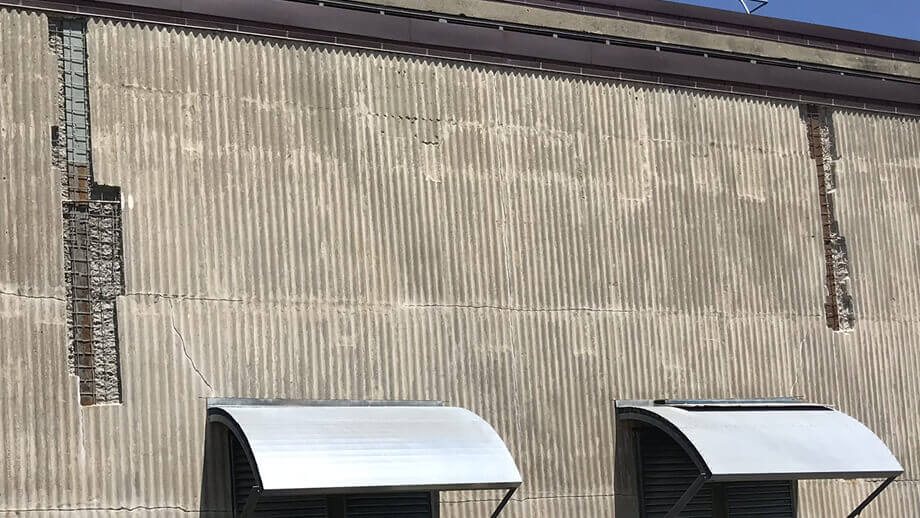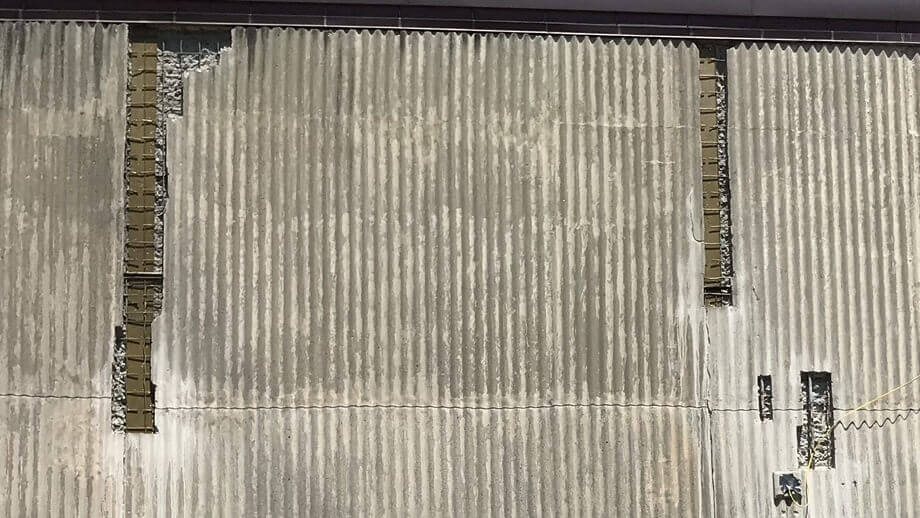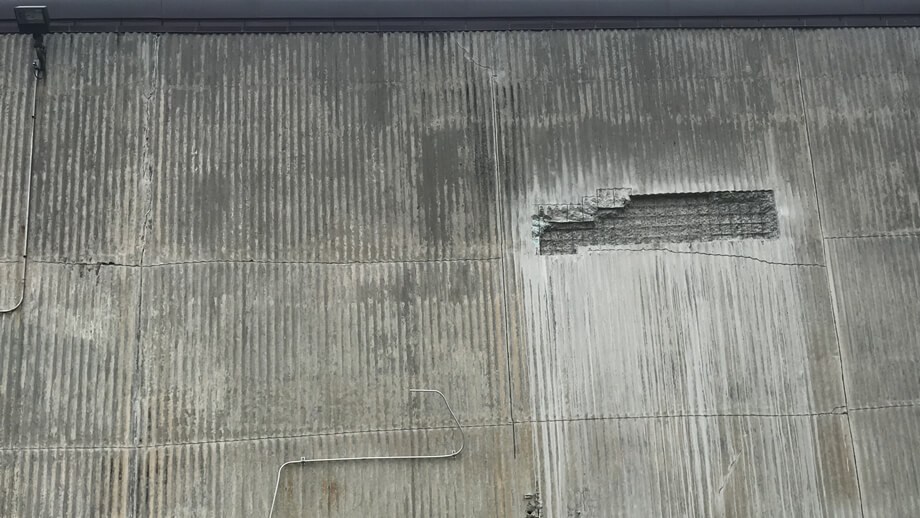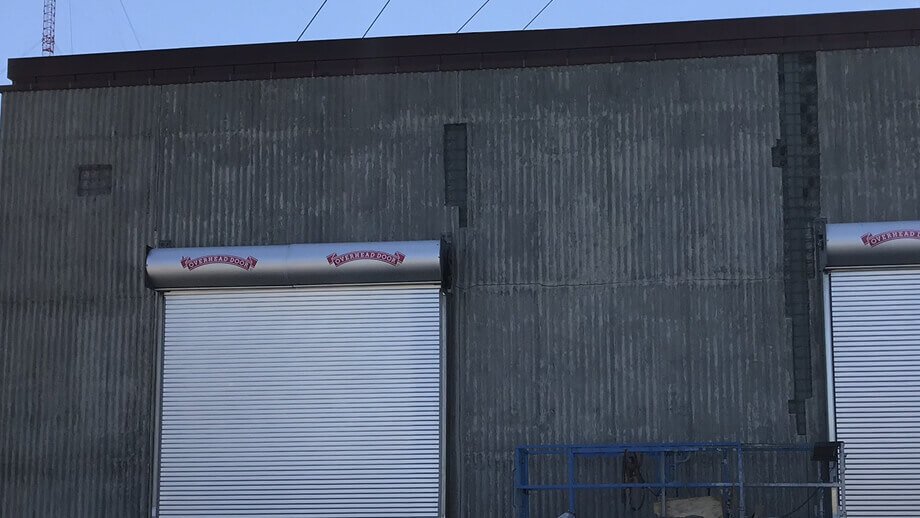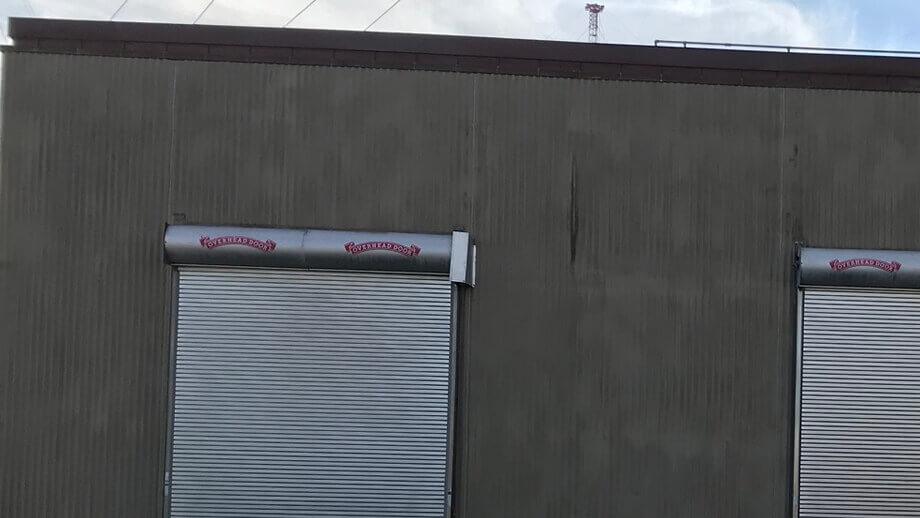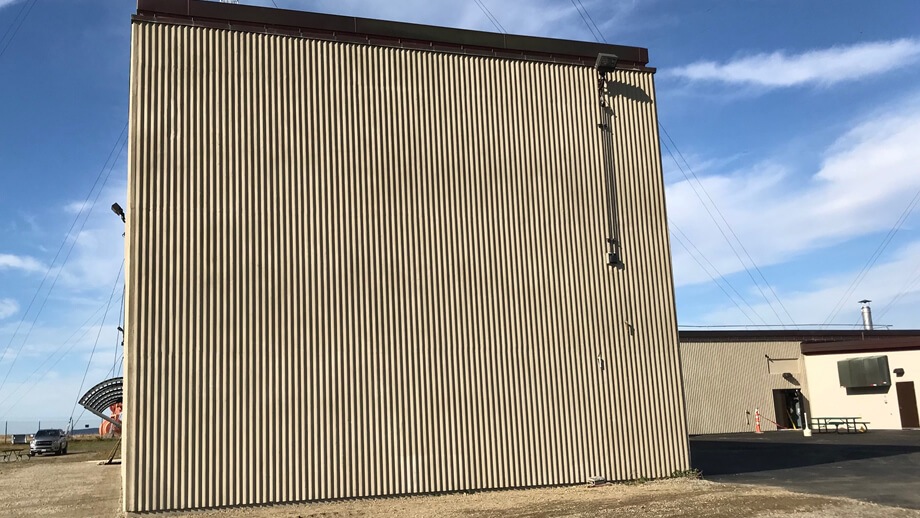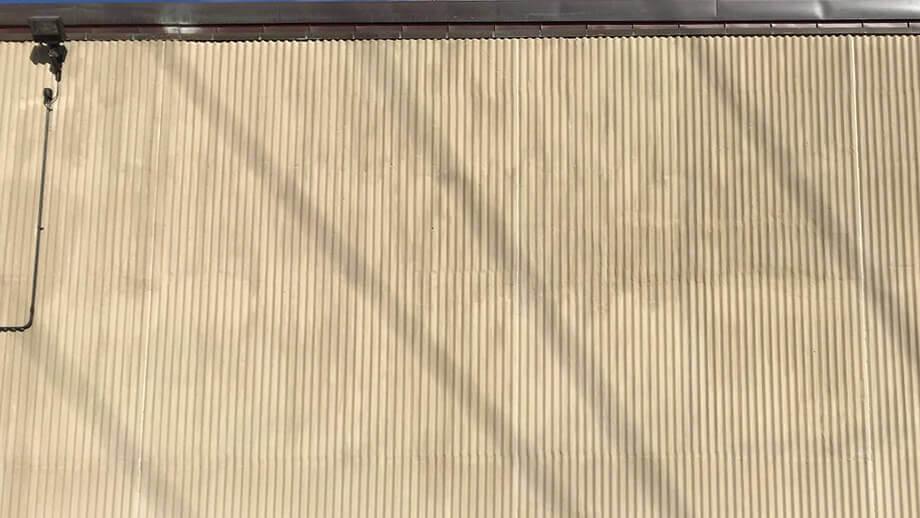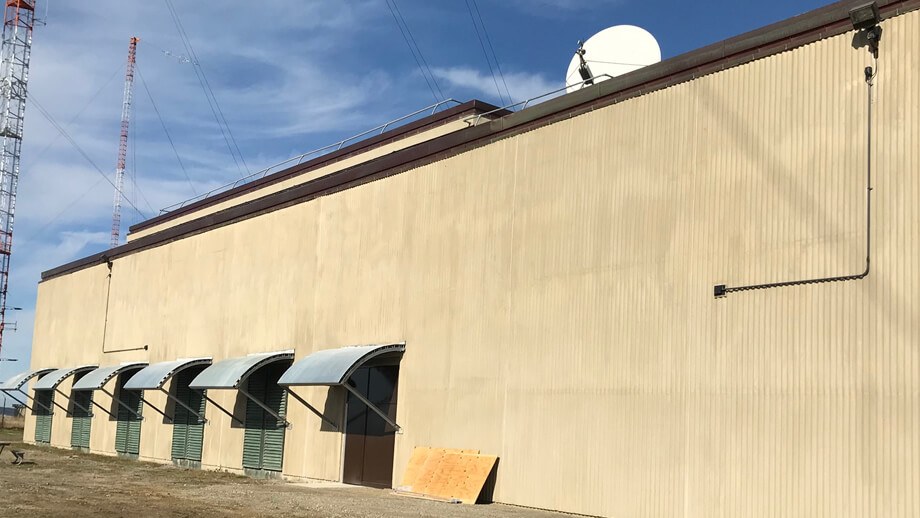The Naval Communications Facility in Coastal Maine
Concrete Repair and Cementitious Wall Coating
About the Naval Communications Facility (VLF Transmitter Cutler)
The Naval Communications Facility (VLF Transmitter Cutler) sits on a peninsula in northern Maine that consists of more than 2,000 acres of forested land, holding 26 transmitter towers and a handful of support buildings. Cutler is a relatively small and remote Naval facility but boasts one of the world’s most powerful transmitters.
The VLF (very low frequency) antenna and transmitter station is a communications link between regular navy communications systems and ships and submarines in the North Atlantic and Arctic Oceans. It was commissioned on June 23, 1961 with the mission of providing communication and navigation to Naval fleets ranging from the North Atlantic Ocean, to the Arctic Ocean and Mediterranean Sea. The Naval Communications Facility is the backbone of the submarine broadcast system and is a very important part of Naval communication, so the location was chosen strategically in order to keep operations running smoothly.
Because of the importance of this peninsula, all buildings and transmitter towers must be preserved properly in order to maintain the highest frequency output in the world. To maintain these towers and buildings, a lot of factors are considered to get the best quality out of these systems. Daily inspections, frequent shutdowns and communication upgrades are vital to keeping this operation running proficiently.
Hascall & Hall was hired to repair voids in the concrete exterior facade, to clean and coat the entire exterior facade, and to infill old and deteriorated masonry units. As mentioned above, the Naval Communications Facility was commissioned in 1961 and is located on a peninsula in northern Maine, so the extreme weather it endures daily has a huge effect on the facade. Over the course of 50 years, this building had deteriorated tremendously and was overdue for a quality Hascall & Hall restoration job.
Along with the concrete infill there were a few sections of masonry infill that needed to be repaired throughout the building. These were existing vents in a few select locations that were taken out and replaced with masonry units to close the void. Although these spots were not deteriorated or cracked, they had copper vents in place which no longer served a purpose for the building and were replaced by block.
.
Hascall & Hall would like to thank everyone involved throughout the duration of this project. Despite a few weather-related setbacks, Hascall & Hall completed all of the necessary work in a timely manner. Hascall & Hall restored an essential facility that is not only whole again, but also looks brand new and is ready to take on any weather Northern Maine can throw its way.
Location: northern Maine


